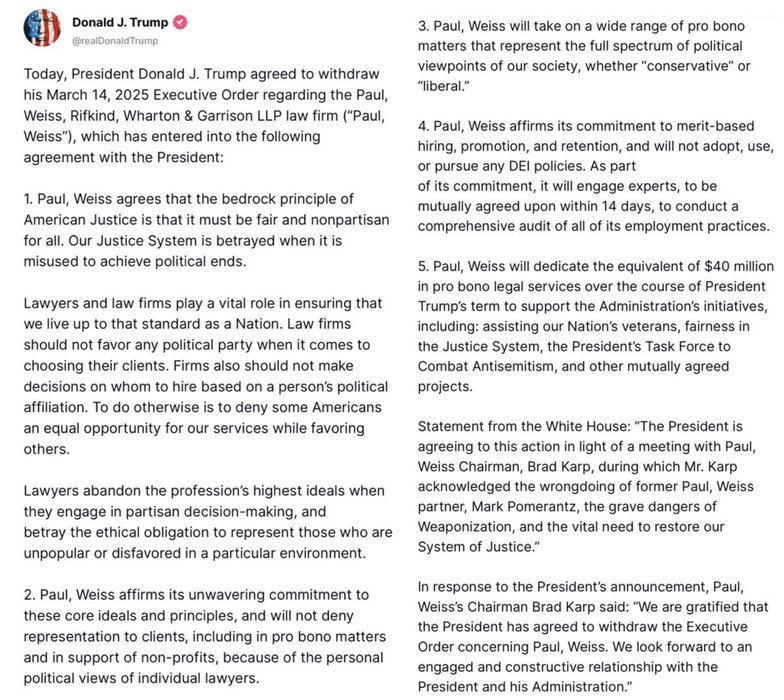Sublime
An inspiration engine for ideas


The most outstanding examples of white women’s sisterly solidarity with Black women are associated with Black people’s historical struggle for education. Like Prudence Crandall and Margaret Douglass, Myrtilla Miner literally risked her life as she sought to impart knowledge to young Black women.17 In 1851, when she initiated her project to
... See moreAngela Y. Davis • Women, Race & Class (Penguin Modern Classics)
That changed in 1954 when the Supreme Court, in a decision written by Chief Justice Earl Warren, reversed the holding in Plessy v. Ferguson and held that racial segregation, in and of itself, was a denial of the equal protection of the laws. The decision of the Warren Court was unanimous, and the case, Brown v. Board of Education, involving the
... See moreJean Edward Smith • Eisenhower in War and Peace
Myrtilla Miner may have been ‘frail’, as Frederick Douglass observed, but she was definitely formidable, and was always able, at lesson time, to discover the eye of that racist storm. Early one morning, however, she was abruptly awakened by the odor of smoke and raging flames, which soon consumed her schoolhouse. Although her school was destroyed,
... See more
